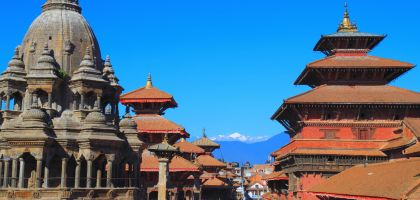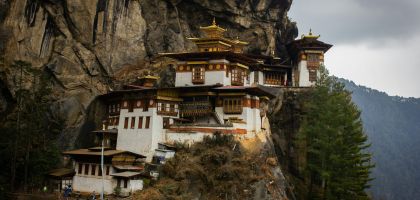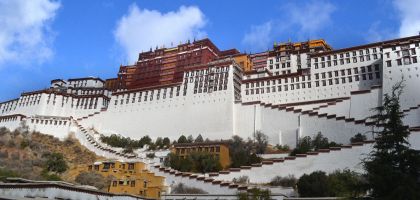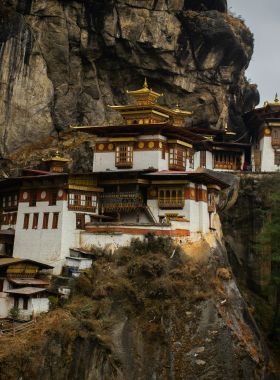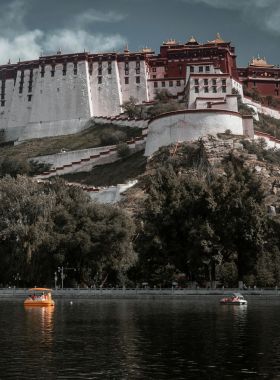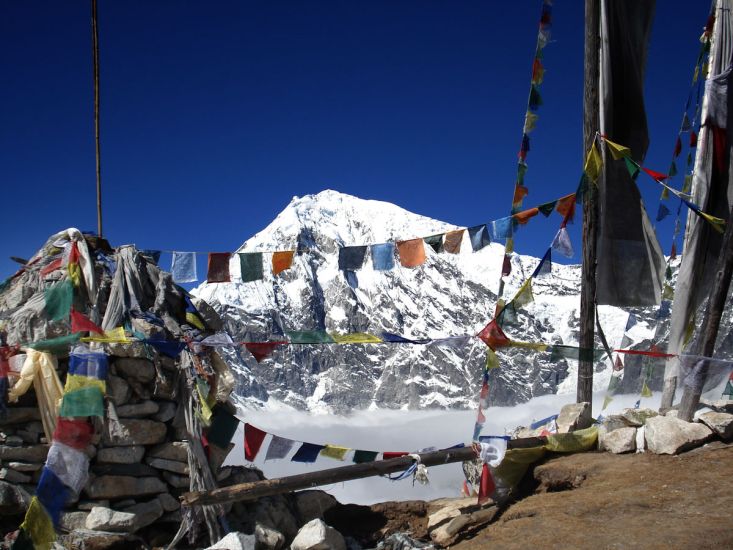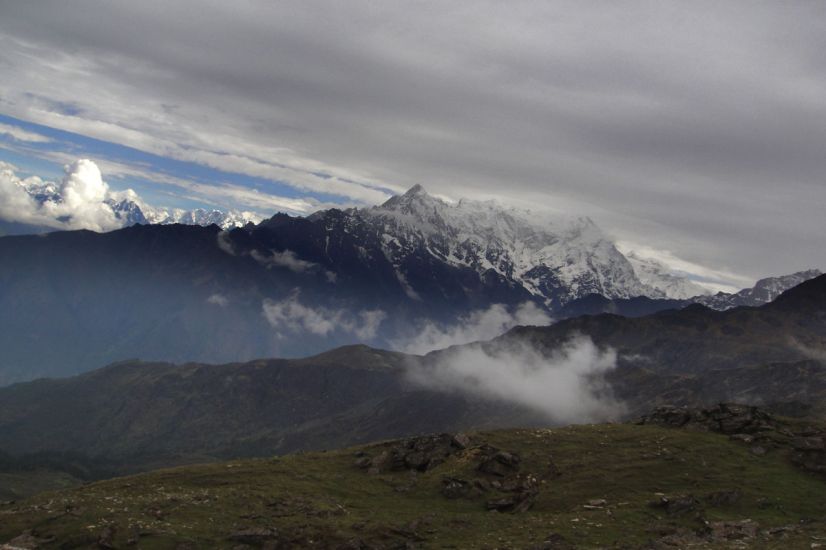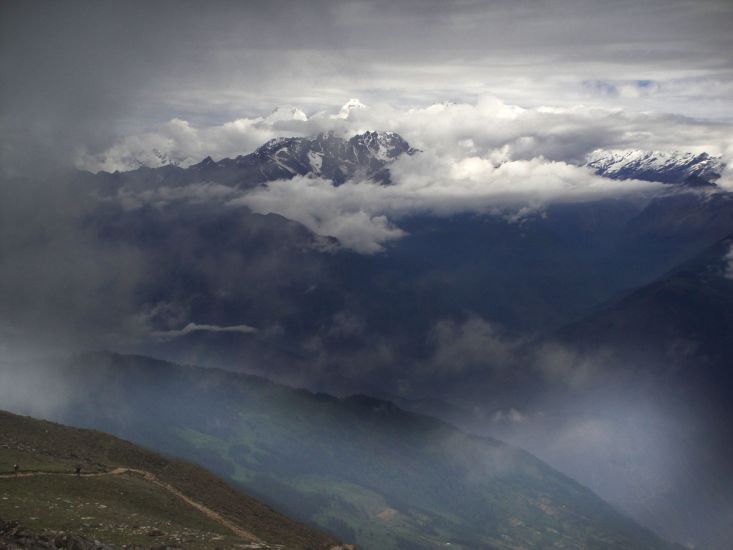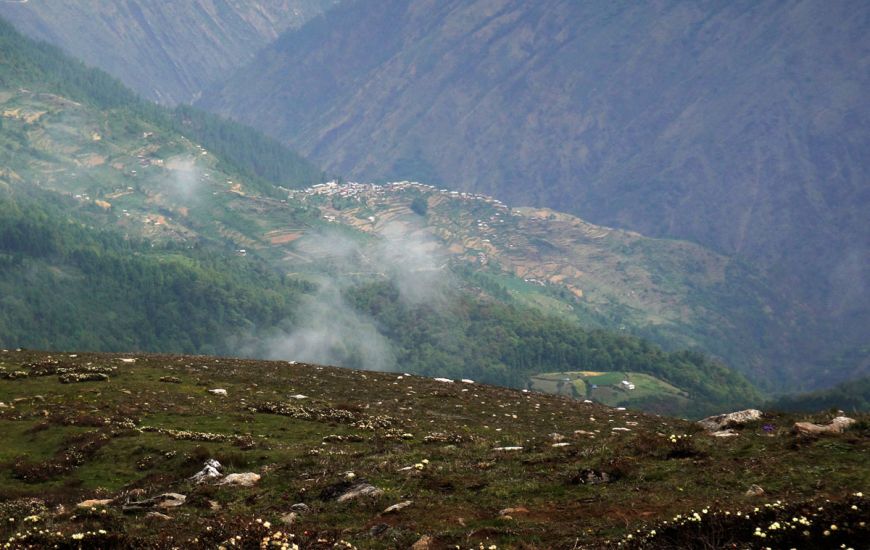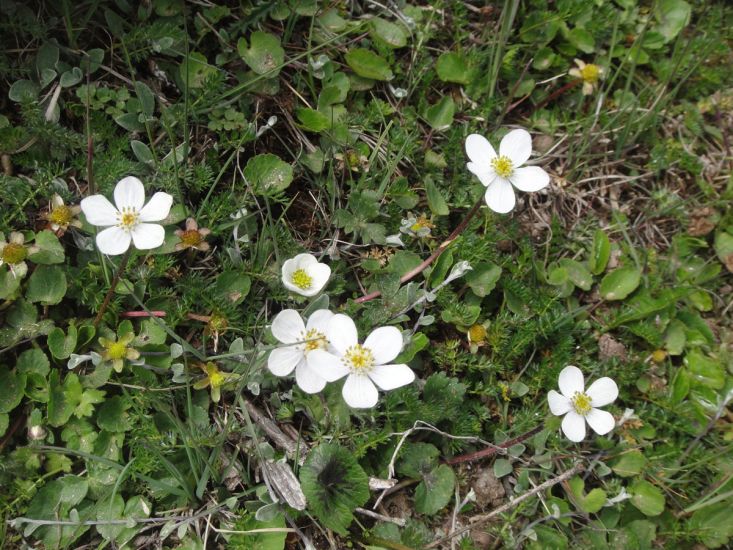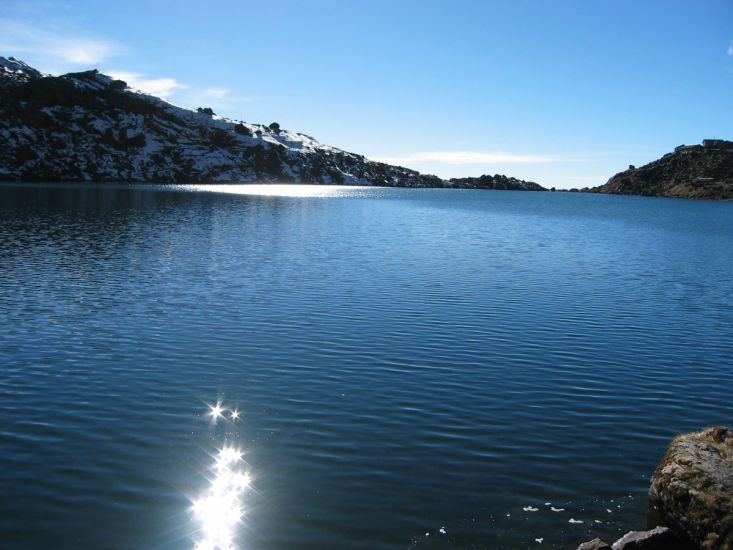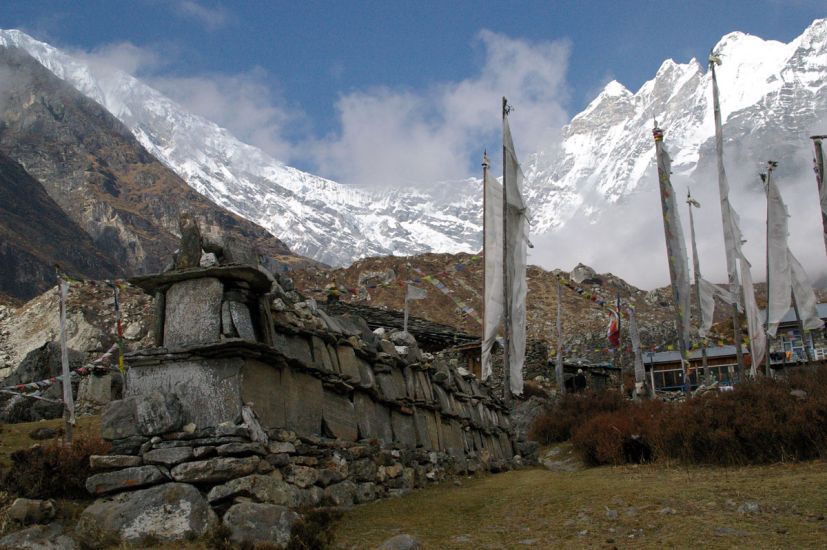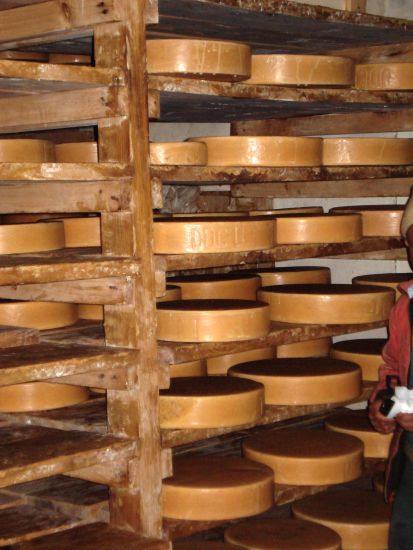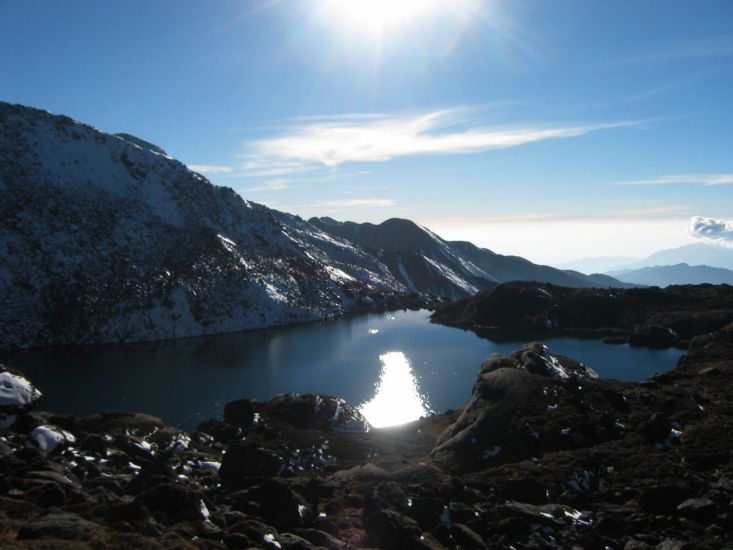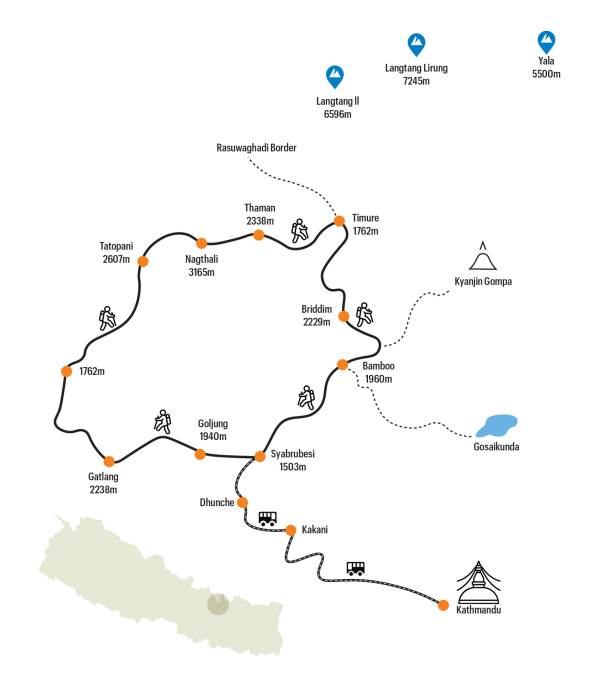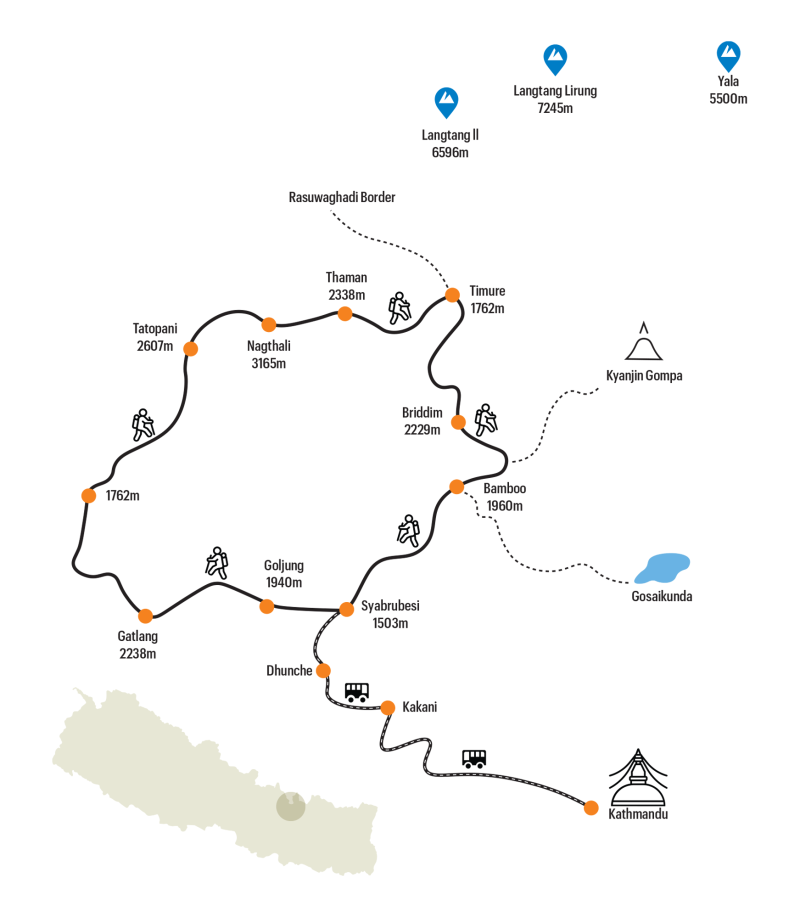Tamang Heritage Trail
7 Days / Nepal
Activity
Difficulty Level
Destinations
Trip Start / End
Max Altitude
Accommodation
Travel Style
Best time to travel
Personalized Travel Advice

Dev Raj Nepal
+977 9851096523
Detailed Itinerary
01
DAY
01
You start the journey from Kathmandu early in the morning and drive towards Syabrubesi, the starting point of the trek. The drive goes through winding roads, offering glimpses of Ganesh Himal, and through small hill towns and the Trishuli River valley.
Kathmandu to Syabrubesi
You start the journey from Kathmandu early in the morning and drive towards Syabrubesi, the starting point of the trek. The drive goes through winding roads, offering glimpses of Ganesh Himal, and through small hill towns and the Trishuli River valley.
02
DAY
02
The trek starts with an uphill climb to Goljung village, where you can take a break and explore local culture. Continue trekking along the ridgeline to Gatlang, a traditional Tamang village. The village offers picturesque stone houses and colorful prayer flags, giving you an authentic experience of Tamang culture.
Syabrubesi to Gatlang
The trek starts with an uphill climb to Goljung village, where you can take a break and explore local culture. Continue trekking along the ridgeline to Gatlang, a traditional Tamang village. The village offers picturesque stone houses and colorful prayer flags, giving you an authentic experience of Tamang culture.
03
DAY
03
From Gatlang, descend to Chilime, passing through terraced fields and Tamang settlements. Cross a suspension bridge over the Chilime River and ascend toward Tatopani, a village famous for its natural hot springs. “Tatopani” means “hot water” in Nepali, and here you can enjoy a relaxing dip in the hot springs, which are believed to have healing properties.
Gatlang to Tatopani
From Gatlang, descend to Chilime, passing through terraced fields and Tamang settlements. Cross a suspension bridge over the Chilime River and ascend toward Tatopani, a village famous for its natural hot springs. “Tatopani” means “hot water” in Nepali, and here you can enjoy a relaxing dip in the hot springs, which are believed to have healing properties.
04
DAY
04
The trek ascends steeply to Nagthali, which is the highest point on the Tamang Heritage Trail. From the top, enjoy breathtaking panoramic views of snow-capped peaks. After a break at Nagthali, descend through dense forests to Thuman, a village known for its rich Tamang heritage and Buddhist monasteries.
Tatopani to Thuman (2,338m) via Nagthali (3,165m)
The trek ascends steeply to Nagthali, which is the highest point on the Tamang Heritage Trail. From the top, enjoy breathtaking panoramic views of snow-capped peaks. After a break at Nagthali, descend through dense forests to Thuman, a village known for its rich Tamang heritage and Buddhist monasteries.
05
DAY
05
From Thuman, the trail descends to the Bhote Koshi River, passing through traditional villages and terraced fields. Cross the river and continue towards Briddim, a village heavily influenced by Tibetan culture. Briddim is renowned for its homestay program, where you can stay with local families, experience their lifestyle, and enjoy local Tamang hospitality.
Thuman to Briddim
From Thuman, the trail descends to the Bhote Koshi River, passing through traditional villages and terraced fields. Cross the river and continue towards Briddim, a village heavily influenced by Tibetan culture. Briddim is renowned for its homestay program, where you can stay with local families, experience their lifestyle, and enjoy local Tamang hospitality.
06
DAY
06
The final day of trekking involves a gradual descent back to Syabrubesi. The trail takes you through dense forests with occasional views of the Langtang Himalayas. Upon arrival in Syabrubesi, you can rest, reflect on the trek, and celebrate your journey.
Briddim to Syabrubesi
The final day of trekking involves a gradual descent back to Syabrubesi. The trail takes you through dense forests with occasional views of the Langtang Himalayas. Upon arrival in Syabrubesi, you can rest, reflect on the trek, and celebrate your journey.
07
DAY
07
After breakfast, you’ll take the same road back to Kathmandu, enjoying the final views of the countryside. You’ll arrive in Kathmandu by late afternoon or evening, where you can explore the city or relax after the trek.
Syabrubesi to Kathmandu
After breakfast, you’ll take the same road back to Kathmandu, enjoying the final views of the countryside. You’ll arrive in Kathmandu by late afternoon or evening, where you can explore the city or relax after the trek.
Includes / Excludes
Inclusions
-
Meals as mentioned in the itinerary (Full meals in trekking and breakfast only in Kathmandu)
-
Government License holder English Speaking and qualified trek leader and porter to help trekkers luggage. (2 trekkers:1 porter “9 kg per trekker max limit”)
-
Coverage of Guides and Porters, Their meals, insurance, salary, lodging, transportation, flight and other necessary equipment.
-
Langtang National Park entry permit fee
-
All government, Local taxes and official Expenses
-
2 nights’ accommodation in Kathmandu at mentioned or similar hotel and basic lodge accommodation in trekking.
-
Kathmandu to Syabrubesi to Kathmandu transfer by private Jeep.
Exclusions
-
International flight airfare
-
Nepal Entry Visa Fees for multiple Entries on arrival at Tribhuwan Internationa Airport- (15 days – $30, 30 days- $50)
-
Excess baggage charges (Limit is 9kg per Person)
-
Personal expense (shopping, snacks, boil bottle water, hot and cold drinks, hot shower, Alcohol, telephone call, battery re-charge fee), extra porters etc
-
Personal clothing and gear
-
Travel insurance which has to cover emergency high-altitude rescue and evacuation compulsory
-
Tips for guide and porters (Recommended by the Culture)
-
Additional costs or delays caused by out of management control, for example, landslide, weather condition, itinerary modification due to safety concerns, illness, change of government policies, strikes etc.
Trip Info
Tamang Culture: The Tamang people are one of Nepal’s indigenous ethnic groups with Tibetan roots. The trek provides a peek into their traditional lifestyle, Buddhist heritage, and customs.
Homestays: Many lodges and guesthouses on this trail are family-run, allowing trekkers to stay in Tamang villages and experience the local way of life, including food, dress, and religious practices.
Buddhist Spirituality: On this trek you are going to pass by ancient monasteries, prayer wheels, stupas, and colorful prayer flags. The spiritual ambiance is deeply influenced by Tibetan Buddhism.
Mountain Views: The trail offers panoramic views of snow-capped peaks, including Langtang Lirung (7,227 meters), Ganesh Himal (7,422 meters), and even the distant peaks of the Tibetan plateau.
Diverse Landscapes: You’ll trek through forests of rhododendrons, bamboo groves, alpine meadows, and rugged highlands, which change dramatically with the seasons.
Rivers and Waterfalls: Expect to cross suspension bridges over rushing rivers, and walk by stunning waterfalls along the route.
Trek Length: The trek is about 5 to 7 days long, making it a relatively short trek compared to other Himalayan treks.
Altitude: The highest point on the Tamang Heritage Trail is around 3,165 meters (Nagthali Ghyang), so altitude sickness is less of a concern compared to treks that go over 4,000 meters. However, acclimatization is still important.
Terrain: The trail is not overly strenuous, but there are sections with steep climbs and descents. The trek is suitable for trekkers with a moderate level of fitness.
Langtang National Park: The trek goes through parts of the Langtang National Park, which is home to a variety of wildlife such as red pandas, langur monkeys, Himalayan black bears, and many bird species.
Natural Hot Springs: Tatopani, a village on the route, is famous for its natural hot springs, where trekkers can soak and relax after a long day of hiking.
Authentic Village Experience: Villages like Briddim, Thuman, and Gatlang offer a peek into the agricultural lifestyle of the Tamang people. Fields of barley, maize, and potatoes are common sights, as are terraced hillsides.
Warm Hospitality: Trekkers often highlight the warmth and friendliness of the Tamang people. The traditional hospitality, combined with the rustic charm of village life, is one of the most cherished aspects of the trek.
Best Seasons: Spring (March to May) and autumn (September to November) are the best seasons for trekking. During these times, the weather is relatively stable, and the mountain views are crystal clear. Spring also offers the added beauty of rhododendron forests in full bloom.
Winter: The winter months can be cold, especially in higher elevations, but the trek is still doable for those prepared for chilly conditions.
Monsoon: The monsoon season (June to August) brings heavy rain, which can make the trail muddy and leech-infested, and views can be obstructed by clouds.
The Tamang Heritage Trail in Nepal offers trekkers an opportunity to explore the rich culture of the Tamang people, one of the indigenous communities of the region, while enjoying stunning mountain landscapes. As it’s a more remote and culturally focused trek compared to the more popular routes in Nepal, accommodations along the trail are typically basic but cozy and welcoming.
Hotel in Kathmandu:
Teahouses: The primary form of accommodation along the Tamang Heritage Trail are teahouses. These are simple lodges run by local families that offer a place to sleep and home-cooked meals. The rooms typically have twin beds with basic bedding. Some teahouses may provide extra blankets, but it’s recommended to bring your own sleeping bag for warmth, especially during the colder months.
Homestays: The trail is well-known for its homestay options, where trekkers stay in the homes of local Tamang families. These homestays offer a more immersive experience, allowing you to observe and participate in daily life, such as farming, cooking, or sharing meals with the family. The accommodations are basic, but the hospitality is warm and personal, giving you a chance to learn more about the Tamang culture and traditions.
Amenities: Most teahouses and homestays along the trail have shared bathroom facilities, and hot showers may be available for an extra fee. Electricity is available in most villages, although it can be limited, and charging devices might come with a small fee. Some teahouses might have solar power, so electricity may only be available in the evenings.
Both teahouses and homestays provide home-cooked meals, typically consisting of Nepali staples like dal bhat (rice and lentil soup), roti (flatbread), tarkari (vegetables), and sometimes meat if available. Trekkers can also enjoy Tibetan-inspired dishes such as momos (dumplings) and thukpa (noodle soup). Meals are hearty, perfect for refueling after a day of trekking, and locally sourced ingredients are often used.
Altitude Sickness
The trail reaches a maximum elevation of around 3,165 meters (Nagthali viewpoint). At these altitudes, trekkers may experience symptoms of Acute Mountain Sickness (AMS), such as headaches, nausea, dizziness, and shortness of breath.
Prevention:
- Acclimatize properly by ascending gradually.
- Drink plenty of water and avoid alcohol.
- If symptoms worsen, descend to a lower altitude and seek medical attention if necessary.
Unpredictable Weather Conditions
The weather in the mountains can change rapidly, especially in the shoulder seasons. Sudden rainstorms, snow, or fog can reduce visibility, making navigation difficult.
Prevention:
- Check the weather forecast before starting the trek.
- Carry appropriate gear, including rain jackets, warm layers, and extra clothes.
- Be prepared for possible delays or changes in itinerary due to weather conditions.
Physical Strain
While the Tamang Heritage Trail is considered moderately difficult, the steep ascents and descents, as well as rough and rocky terrain, can be physically demanding.
Prevention:
- Train before your trek with regular cardio, focusing on stamina.
- Pace yourself and take breaks as needed, especially when climbing steep sections.
- Consider using trekking poles to reduce strain on your knees and support balance.
Clothing & Footwear
- Waterproof and breathable jacket and pants
- Insulating layers (fleece, down jacket)
- Thermal base layers
- Hiking pants and shorts
- Warm hat and sun hat
- Gloves
- Warm socks
- Sturdy, waterproof hiking boots
- Comfortable sandals or shoes
Gear & Accessories
- Backpack (50-70 liters)
- Sleeping bag (rated for cold temperatures)
- Trekking poles
- Headlamp with extra batteries
- Sunglasses
- Sunscreen and lip balm
- Water bottles or hydration system
- Water purification tablets or filter
- Toiletries
- Quick-dry towel
Remember to pack light and efficiently.
FAQs
Personalized Travel Advice

Dev Raj Nepal
+977 9851096523
